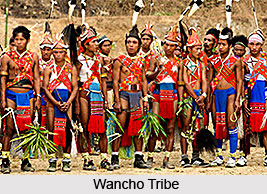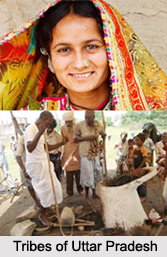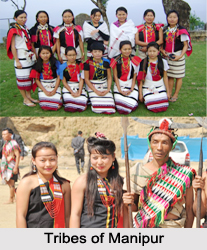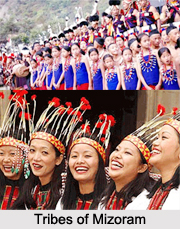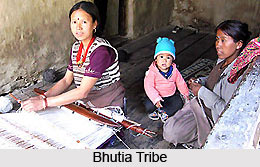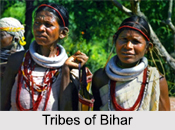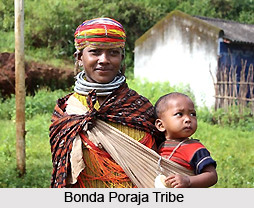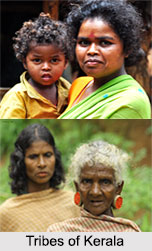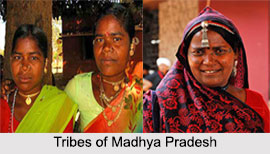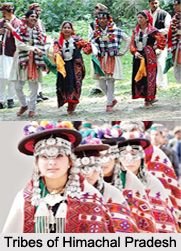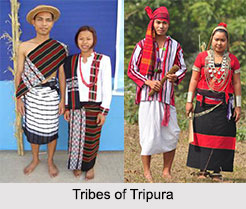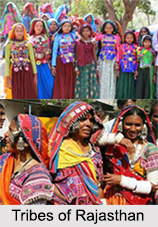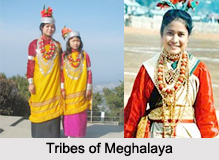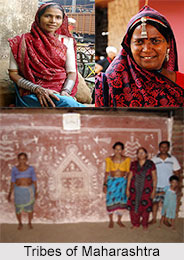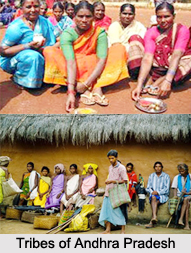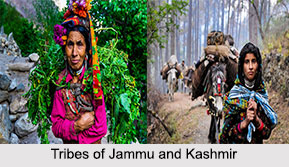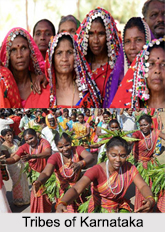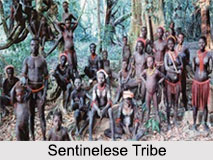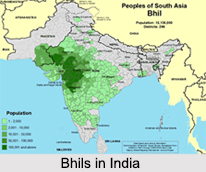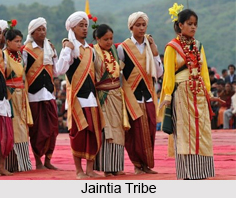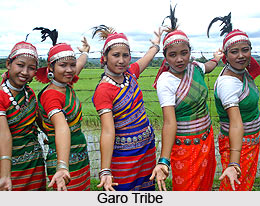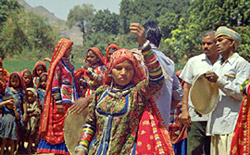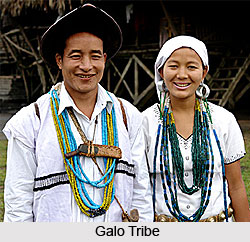 Marriage in Gallong Tribe is an institutionalized form of union between two souls. Consanguineous marriage among them is a taboo. Presently Gallo men and women are allowed to marry outside their own clan. Two types of marriage ceremonies are in trend among the Gallong tribe. The two types are Datey Nyime and Damey Nyime.
Marriage in Gallong Tribe is an institutionalized form of union between two souls. Consanguineous marriage among them is a taboo. Presently Gallo men and women are allowed to marry outside their own clan. Two types of marriage ceremonies are in trend among the Gallong tribe. The two types are Datey Nyime and Damey Nyime.
Datey Nyime type of marriage has a large number of sacrifices of mithuns and pigs. Hence such marriages are arranged between the prospective boys and girls of rich families of the society. Damey Nyime is a simplified form of marriage which is performed among the common families of the society. In Damey Nyime less number of mithuns is sacrificed. The number of mithuns that are sacrificed in both the type is settled after observing the omen on eggs and on the livers of sacrificed chickens. Observing omen in the egg is called Pippe Hinam and that on the chicken liver is known as Roksin Kongnam. Togu Oyu an offering is observed by the people in both the types of marriage.
Marriage by Negotiation (Nyida Tanam)
In the Gallong society Negotiation is a common and regular form of marriage. On getting a positive sign from the bride`s house the parents of the groom walk up to the bride`s house for the final words from her parents. This is known as Nyida Takanam. If both the parties reach to an amicable consensus, a priest is consulted to see omen in the liver of a chicken to find out the possibility and fate of the marriage. If a favourable verdict comes out then the agreement is further strengthened and if not, the preliminary agreement is broken up equally.
In case the omen gives a good result, the parents of the prospective groom visit the house of the prospective bride along with Lampo. This is known as Yoksi Tab Gejinam. Once the presentations are accepted by the groom side, the girl is recognised as a bride. The mothers of the bride along with a few relatives pay a visit to boy`s house which is known as Abirnam Kaka. Presentations are made to the co-visitors of the bride`s mother which is known as AH Kajo.
A meeting known as Dubin is held in the bride`s for the finalization of the date of marriage. The bride`s party carries some presentations articles with them. The bride is thus accepted as the member of the bridegroom`s house after performing a religious service known as Ome Layap. During the performance of this rite the bride sacrifices a hen of which a wing is stuck to her hair and in this way a girl becomes a wife of a man and a permanent member of a new family.
Love Marriage (Maisim Chinatn)
Love marriage is known as Maisim Chinatn locally and at present it is a common form of acquiring mates.
Marriage by Elopement (Nyime Dugga Name) is also done in some case. In these days this type has declined. Marriage by Capture (Nyime Henam) has also become a rare phenomenon.
Gallongs also follow the rule of clan exogamy and consanguineous marriage is forbidden among them. They never marry within the village as they consider themselves as brothers and sisters who have descended from the same parental stock.
Polygamy or the plural marriage was also common in the Gallo society. Due to ever increasing rate of bride price this type of marriage has declined. As a result they prefer to be monogamous.
The Gallo marriage is based on the payment of a bride price. It is usually paid in kind in the form or live-stock. The Gallo women more or less enjoy equal status with the men folk. In choosing husbands the women traditionally had no say. Today their wishes are respected often. In case of divorce the women enjoy the same status as of the men. Both men and women can initiate a divorce in case of maladjustment. If a woman seeks divorce from her husband, she has to pay back the bride price in double. However, when a man wants to divorce his wife he may demand half the amount of bride price which he had paid earlier.
The traditional Gallo marriage system and the procedures are still in trend though some changes have been observed. The society is becoming monogamous and the status of women has also improved.
